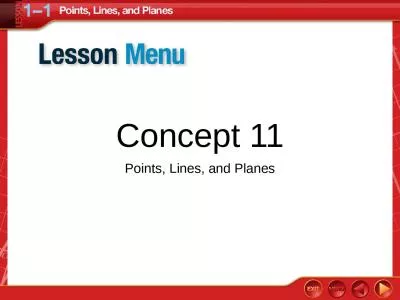PPT-Line! Lines are EVERYWHERE
Author : alida-meadow | Published Date : 2018-12-26
What defines a LINE A line connects two points and can go on forever It is made by a pointed tool such as a pen crayon marker paint brush etc It can create shapes
Presentation Embed Code
Download Presentation
Download Presentation The PPT/PDF document "Line! Lines are EVERYWHERE" is the property of its rightful owner. Permission is granted to download and print the materials on this website for personal, non-commercial use only, and to display it on your personal computer provided you do not modify the materials and that you retain all copyright notices contained in the materials. By downloading content from our website, you accept the terms of this agreement.
Line! Lines are EVERYWHERE: Transcript
Download Rules Of Document
"Line! Lines are EVERYWHERE"The content belongs to its owner. You may download and print it for personal use, without modification, and keep all copyright notices. By downloading, you agree to these terms.
Related Documents

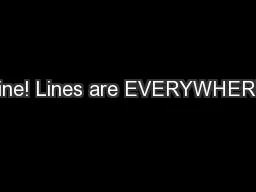

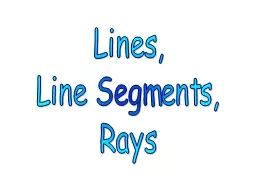
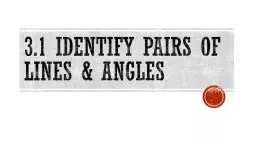
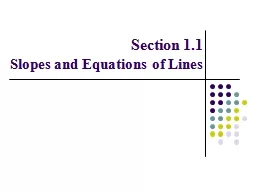
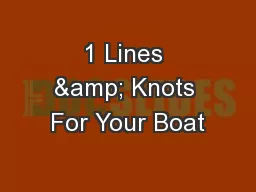


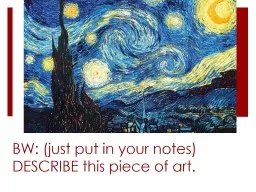
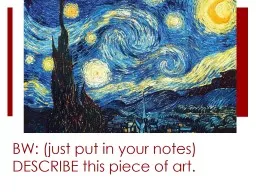
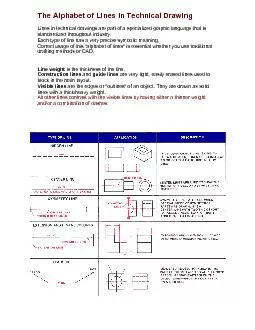
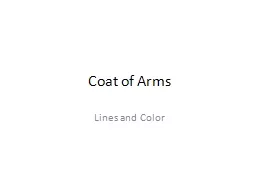
![[BOOK]-Status: Why Is It Everywhere? Why Does It Matter?: Why Is It Everywhere? Why Does](https://thumbs.docslides.com/956296/book-status-why-is-it-everywhere-why-does-it-matter-why-is-it-everywhere-why-does-it-matter.jpg)
